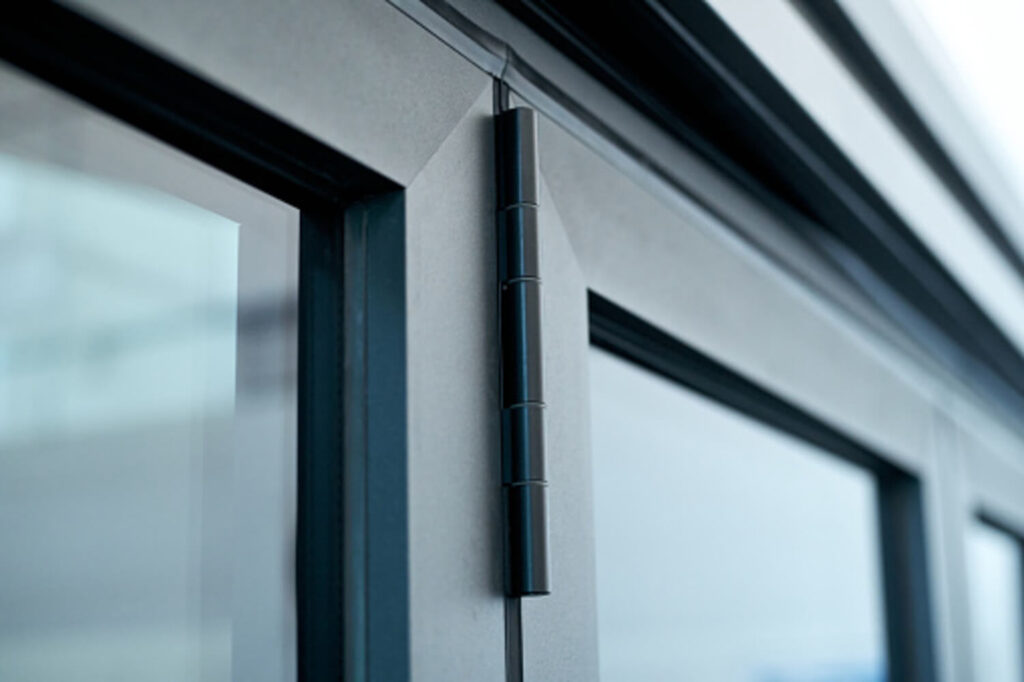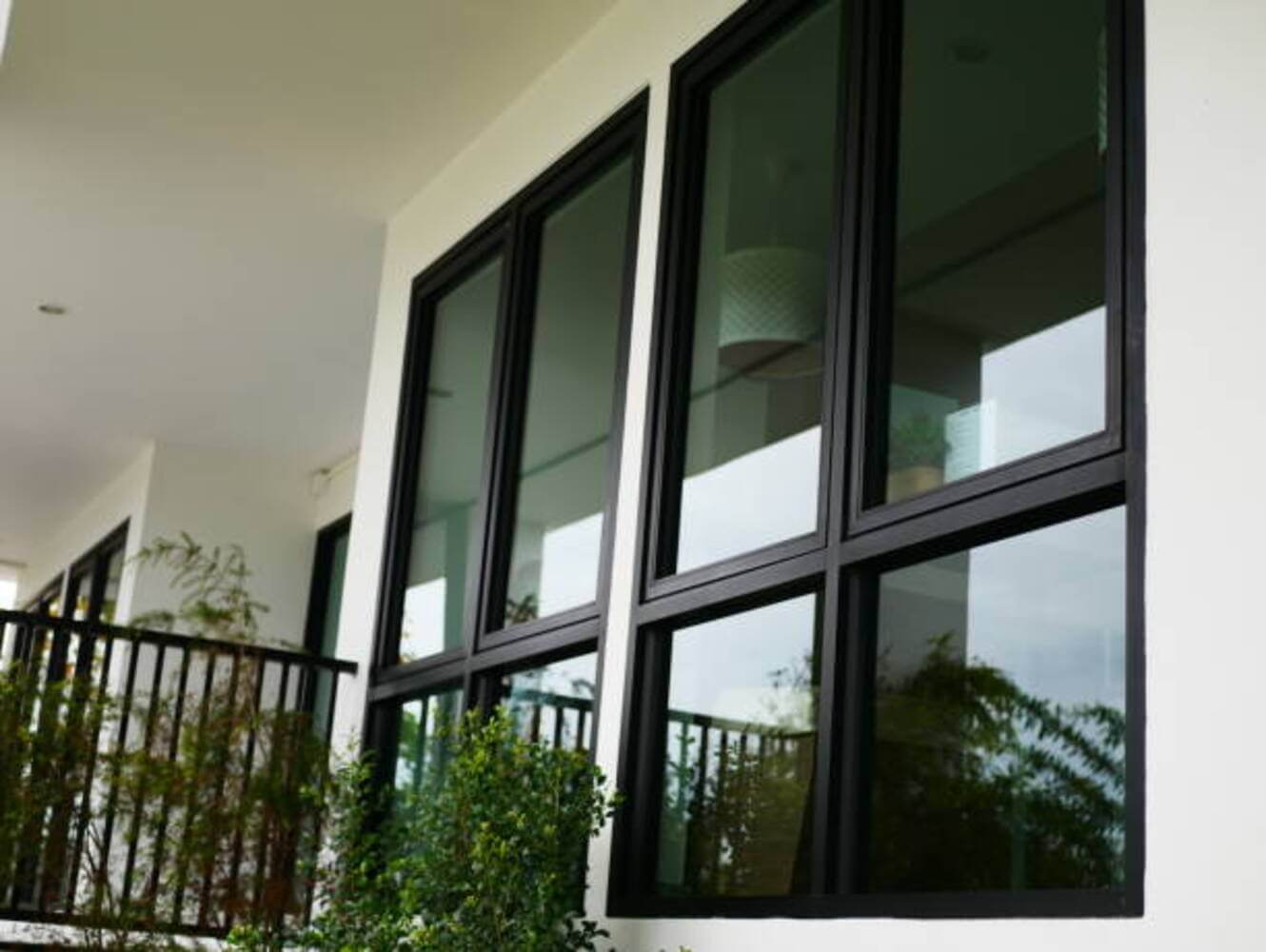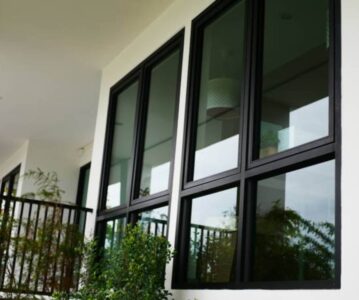Aluminum windows are a great choice if you’re looking to reduce your heating and cooling costs. They also have high levels of durability, meaning they require very little maintenance.
Compared with other window frames on today’s market, aluminum has unbeatable characteristics like being much lighter while still providing excellent structural support for its panels. This makes them last longer than most wooden counterparts without worrying about rot or decay from moisture seeping into cracks over time.
Aluminum windows can last up to 40 years, which makes them a sensible long-term investment. They also offer outstanding thermal efficiency, so if you’re thinking about installing new windows into your home, then aluminum might be the way to go!
Let’s explore some of the pros and cons of aluminum windows to help you make a more informed decision about whether they are right for you.
Aluminum vs. Other Materials
One of the most apparent advantages of aluminum windows over wood is prepping and maintenance. Being such a simple material, you won’t have to prime, sand, or paint aluminum – although painting is an option. Best of all, it doesn’t rot or warp, so you won’t have to worry about your frame moving and going awry over time.
Of course, aluminum doesn’t have the charm of timber windows, but as long as you pick the right design for your home, it can fit just about any theme. Many timber homes are using aluminum windows without sacrificing curb appeal. After all, it provides a more contemporary look that is becoming more popular as of late.
PVCu is another popular window material, and one advantage it does have over aluminum is that it’s much more affordable. But with the cheap costs, you also get less quality because PVCu is not as thermally efficient and tends to discolor over time. Aluminum also adds value to a home because it offers a much higher curb appeal.
Aluminum is also 100% recyclable, which is excellent news for the environment. Wood and PVC can be recycled, but it’s much easier and more convenient to recycle aluminum. Much of the material being used today has been recycled from previous uses. Unfortunately, a lot of aluminum still ends up in landfills, but it’s good to know that you can help the environment in the long run.
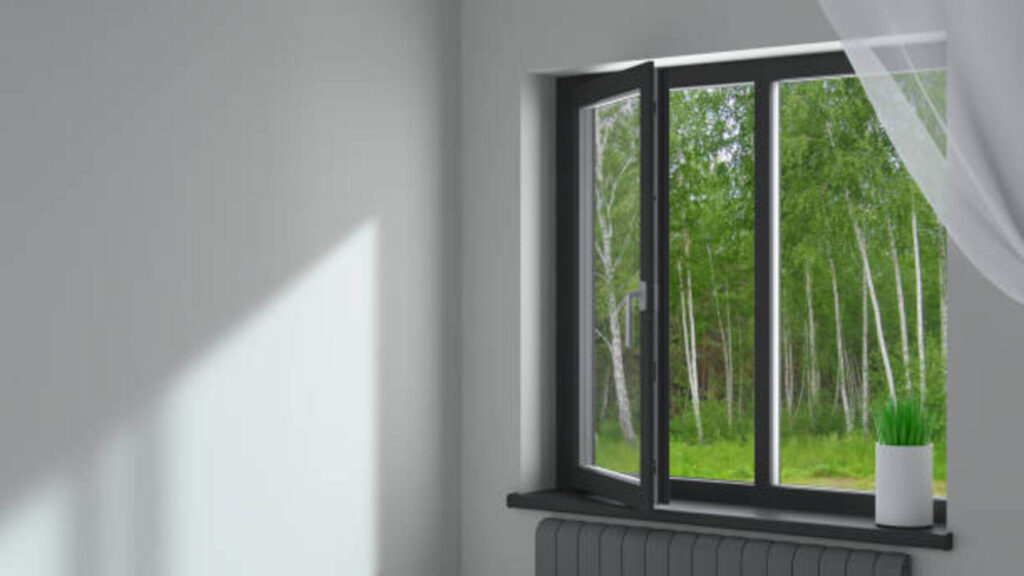
The Cost of Aluminum
Aluminum is undoubtedly a desirable option since it checks all home building boxes compared to other options. But of course, for that kind of quality and durability, some costs need to be considered. Aluminum is certainly not the cheapest material for windows, and depending on how many windows you’re installing; the price can get pretty expensive.
Of course, the size and specifications of your windows affect the costs. But other factors that could increase the costs include the size of your home, the number of windows being fitted, and even the glazing. This might be the only deal breaker in deciding to go aluminum if you’re on a budget.
However, it’s a good idea to look at it as an investment. If you’re building your forever home, then you want materials to be quality and valuable. Even if it could significantly drive up the costs, aluminum’s appearance, durability, and thermal efficiency are easily better than other materials.
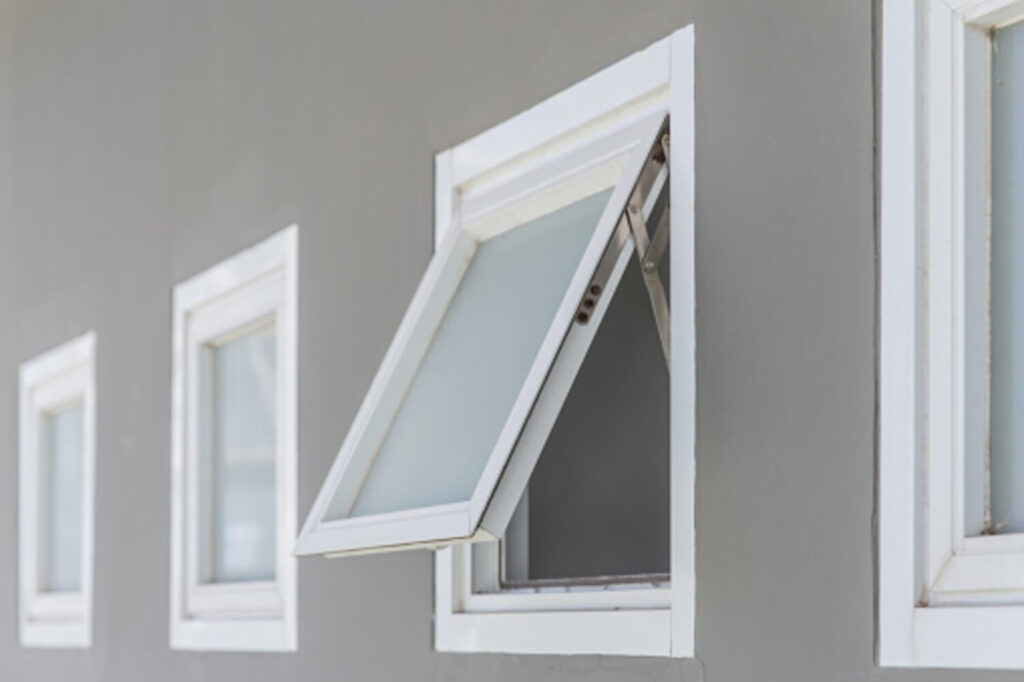
Not All Aluminum is Made Equal
Like any other material, many companies manufacture aluminum windows, and not all are made the same way. The best windows are made from premium aluminum. They have a smooth and consistent finish that resists pitting when heated for powder coating.
Suppliers can also offer a wide variety of quality and composites. Aluminum is readily formed into alloys to attain properties specially tailored for specific applications. It’s also possible to combine it with other materials such as timber to give it a unique character and charm.
It’s always a good idea to ask questions when deciding on a supplier. Such as the grade of the aluminum and where the key elements originated. As long as you go with a reputable supplier, you can be assured that you’re getting your money’s worth. And because aluminum is very durable, maintenance is as simple as using a silicone spray for lubrication and mild detergent in warm water to clean.
